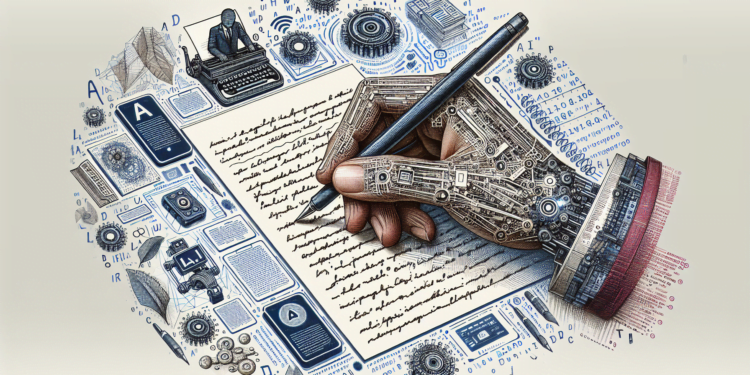The field of handwriting recognition has been the subject of intensive study in the realms of machine learning and computer vision. Handwritten text recognition, relevant to numerous applications from the digitization of historical documents to real-time data entry, presents unique challenges due to the natural variations in human penmanship.
The principle of handwriting recognition rests on the detection of patterns in the shapes and movements traced by individuals while writing. Traditional approaches relied on machine learning methods, such as artificial neural networks and support vector machines (SVM), both with clear limitations in their ability to generalize from unseen examples and the need for intensive feature engineering.
The introduction of Convolutional Neural Networks (CNN) marked a radical shift in the paradigm, offering the ability to automatically capture hierarchical features, which is crucial in recognizing complex patterns. Subsequent advancements saw the emergence of Recurrent Neural Networks (RNN), specifically, Long Short-Term Memory (LSTM) and Gated Recurrent Unit (GRU), designed to handle data sequences and, therefore, ideal for sequentially flowing text.
Currently, the fusion of CNN and RNN, often with an attention mechanism, constitutes the state of the art, leveraging the CNN’s capacity for image processing and the RNN’s proficiency in data sequences. Attention models are notable for their ability to focus on specific parts of the input sequence when predicting text segments, simulating the selective focus a human might employ while reading.
Models such as the Transformer and its variant BERT (Bidirectional Encoder Representations from Transformers), which are distinguished by their exclusive use of attention over recurrences, have proven their worth in text comprehension and generation, though their direct application in handwriting recognition is still nascent and represents a developing field.
A case in point is the CTC (Connectionist Temporal Classification) model, adapted to recognize sequences where the alignment between input and output is not explicitly known. CTC is often paired with LSTM to map images of text directly to text transcriptions, eliminating the need to segment images into individual letters, simplifying the model, and enhancing accuracy.
The generation of synthetic data has also proven to be a valuable tool, mitigating the lack of large annotated datasets, essential for the effective training of deep learning models. Generating artificial handwritten text that maintains the natural variability of humans is a problem not yet fully resolved, but data augmentation techniques and generative adversarial networks (GAN) offer promise in this regard.
Inherent challenges in handwriting recognition, such as variability in styles, cursive writing, and ambiguity between similar characters, demand robust methods for normalization and preprocessing. The use of spatial alignment techniques, such as Thin Plate Splines and Homographic Transformations, helps standardize variations in the slant and orientation of handwriting before recognition is performed by deep learning models.
Looking to the future, the incorporation of semi-supervised and unsupervised learning techniques could enable models to learn not only from a broad set of labeled examples but also from large volumes of unlabeled data, which are easier to acquire. Recent advances in Latent Generative Modeling and Meta-Learning will provide tools to build systems that can be customized with few examples to adapt to individual handwriting styles.
In conclusion, handwriting recognition is a discipline in constant evolution, deeply rooted in machine learning and computer vision technologies. Deep learning models have dominated the current scene, providing significant advances in terms of performance and applicability. However, as the frontier of what is possible is explored, a promising future looms where the synergy between machine learning methodologies and synthetic data generation, along with innovations in sequence modeling and attention, will propel this field towards even more revolutionary achievements.






















